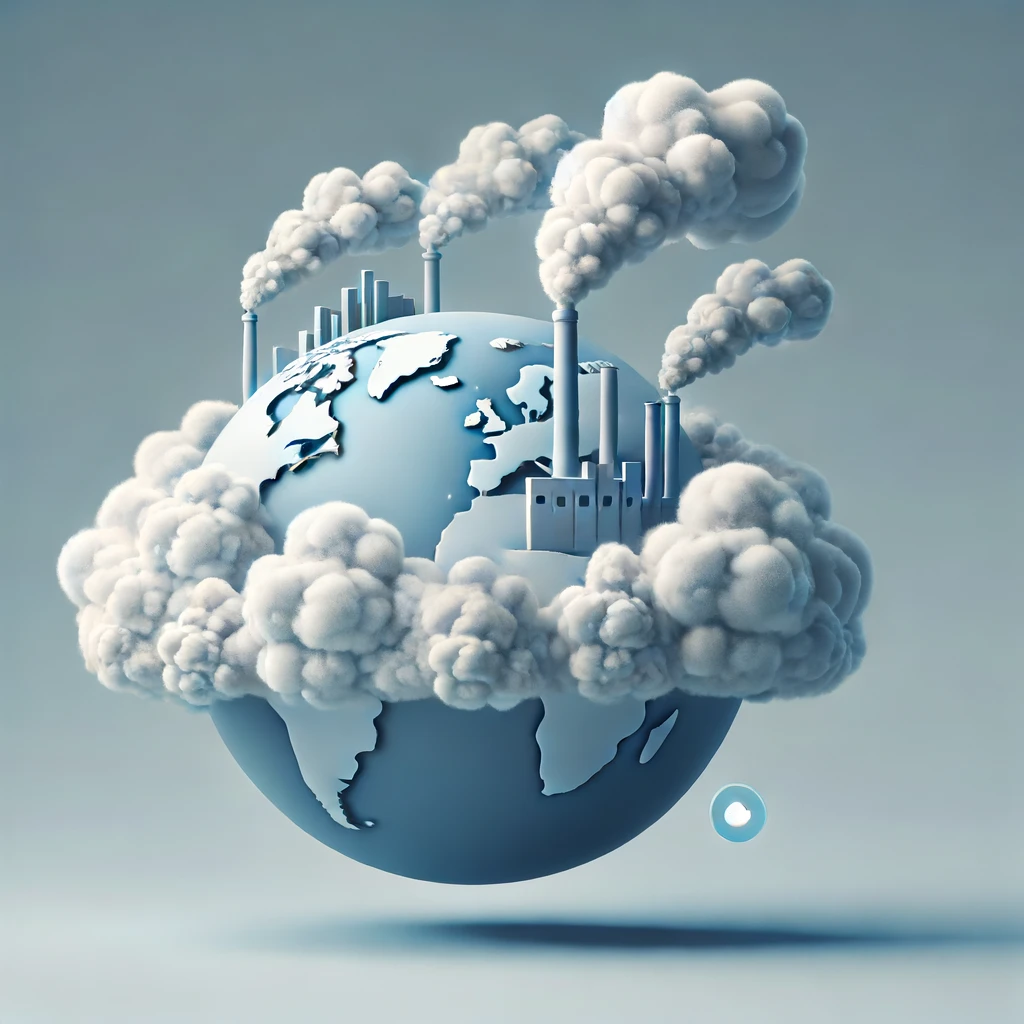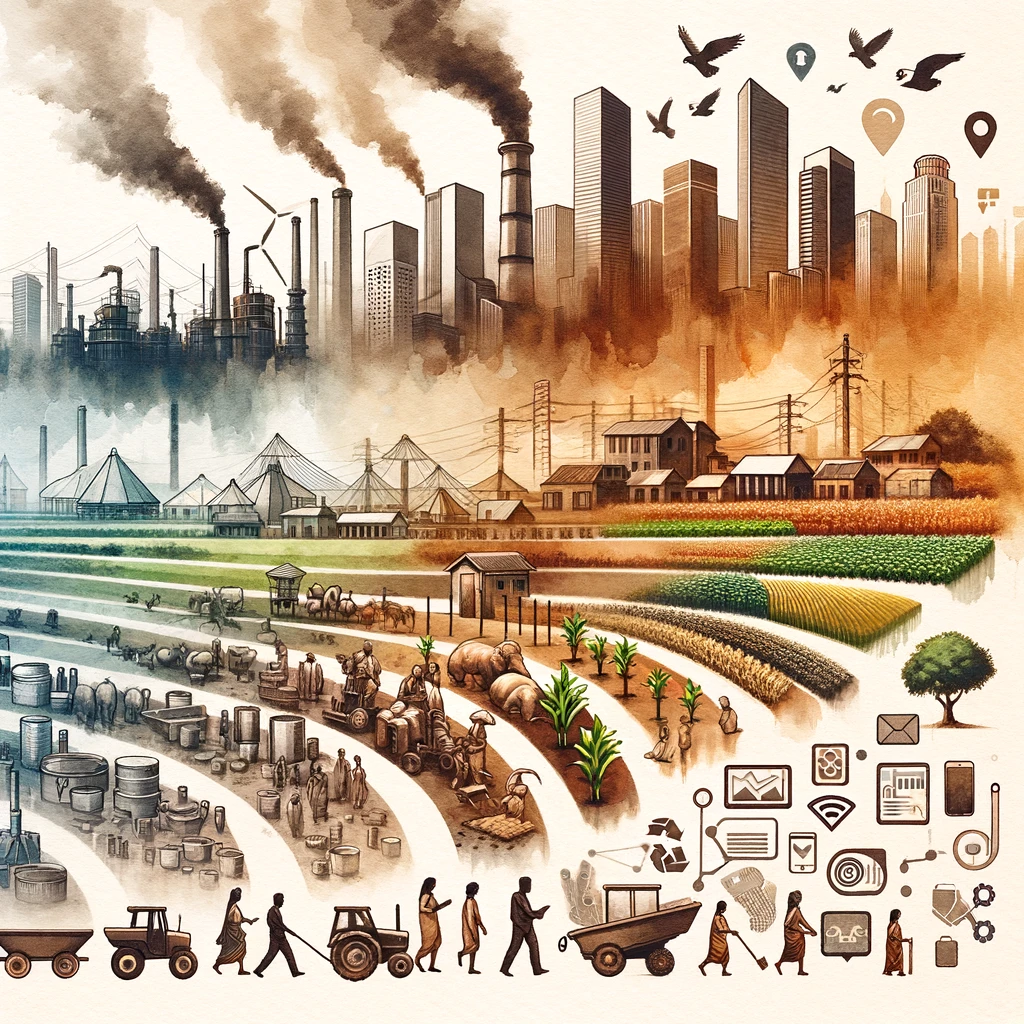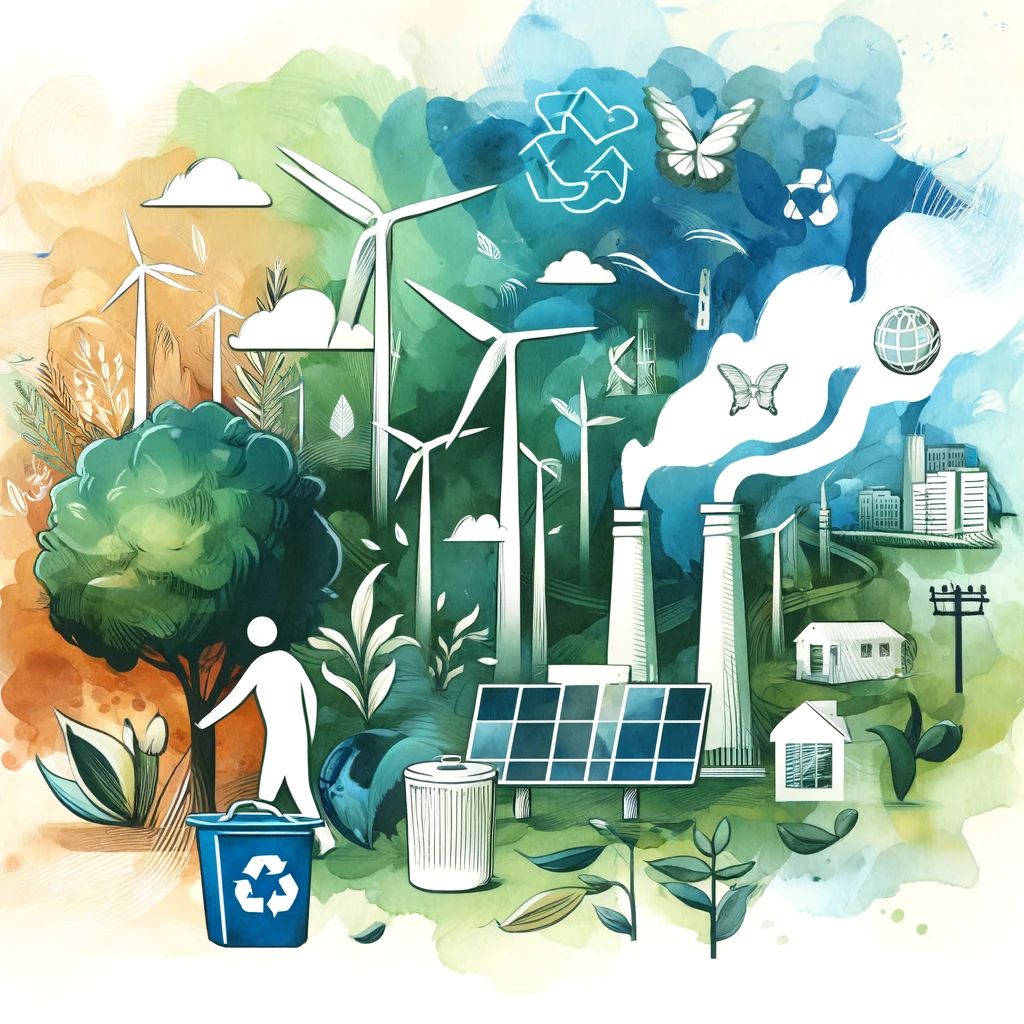Climate change is one of the most pressing issues facing our planet today. It has far-reaching impacts on the environment, economies, and societies. Understanding the causes, effects, and strategies to mitigate and adapt to climate change is crucial for creating effective policies and taking informed action. This editorial article delves into the multifaceted aspects of climate change, with a focus on its impact globally and in India.
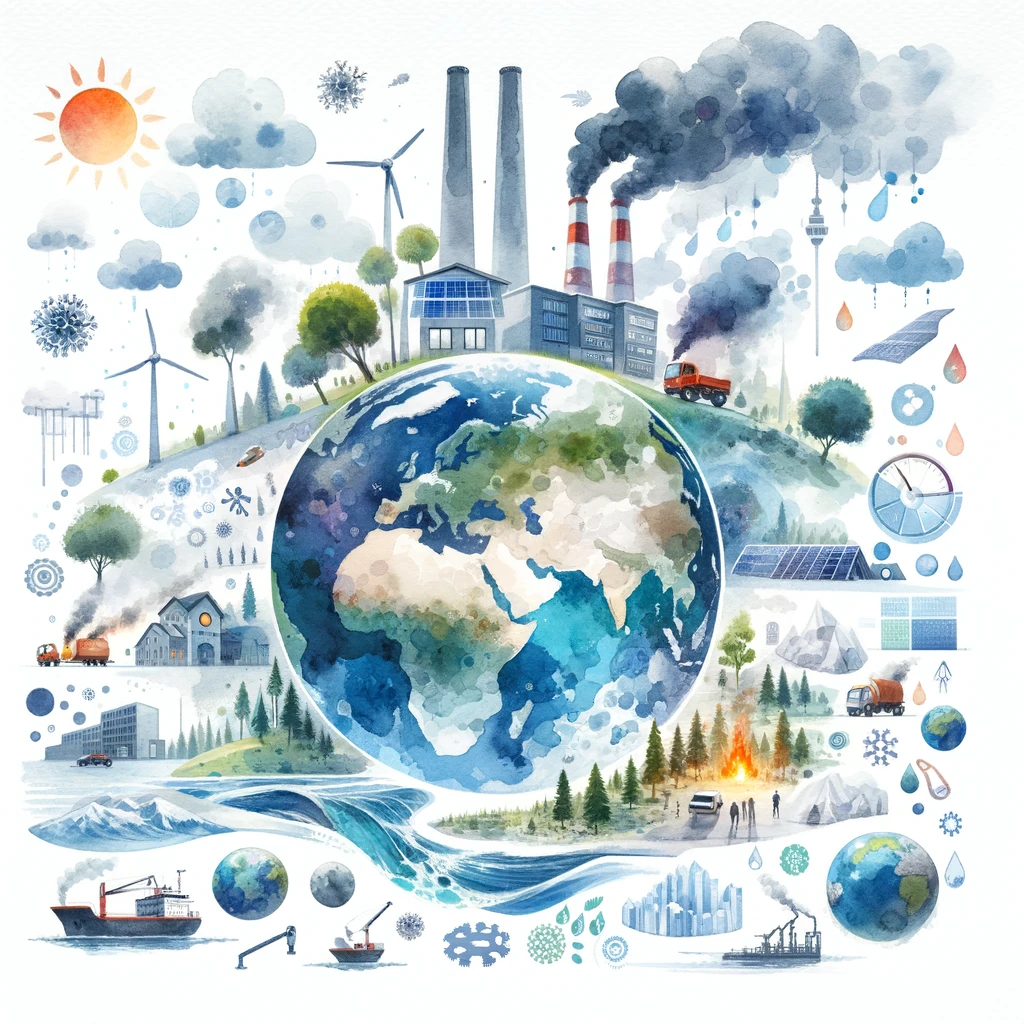
Causes of Climate Change
Natural Causes
- Volcanic Eruptions: Volcanic eruptions release large quantities of ash and sulfur dioxide into the atmosphere, which can reflect sunlight and cause short-term cooling. However, the overall impact of volcanic activity on long-term climate change is minimal.
- Solar Variations: Changes in solar radiation can influence the Earth’s climate. Variations in the sun’s energy output, known as solar cycles, can lead to periods of warming or cooling. However, these natural variations are small compared to the influence of human activities.
Anthropogenic Causes
- Greenhouse Gas Emissions: The burning of fossil fuels (coal, oil, and natural gas) for energy, transportation, and industrial activities releases large amounts of carbon dioxide (CO2) and other greenhouse gases (GHGs) like methane (CH4) and nitrous oxide (N2O) into the atmosphere. These gases trap heat, leading to global warming.
- Deforestation: Clearing forests for agriculture, urban development, and logging reduces the number of trees that can absorb CO2, exacerbating the greenhouse effect.
- Industrial Activities: Industrial processes, including cement production and chemical manufacturing, release GHGs and other pollutants that contribute to climate change.
Effects of Climate Change
Global and Regional Climate Impacts
- Global Warming: The Earth’s average temperature has risen significantly, leading to warmer climates globally. This affects weather patterns, ecosystems, and sea levels.
- Sea Level Rise: Melting glaciers and polar ice caps, along with the thermal expansion of seawater, have caused sea levels to rise. This threatens coastal communities with increased flooding and erosion.
Extreme Weather Events
- Increased Frequency and Intensity: Climate change has led to more frequent and severe weather events, including hurricanes, heatwaves, droughts, and heavy rainfall. These events cause significant damage to infrastructure, agriculture, and human health.
Biodiversity Loss
- Habitat Destruction: Changes in temperature and precipitation patterns disrupt ecosystems and lead to the loss of habitats for many species. This threatens biodiversity and can lead to the extinction of vulnerable species.
- Ocean Acidification: Increased CO2 levels lead to higher acidity in oceans, affecting marine life, particularly coral reefs and shellfish.
Socio-Economic Impacts
- Agriculture: Changes in climate patterns affect crop yields, leading to food insecurity and increased prices. Regions dependent on rain-fed agriculture are particularly vulnerable.
- Water Resources: Altered precipitation patterns and melting glaciers impact water availability, leading to shortages and conflicts over water resources.
- Human Health: Climate change exacerbates health issues, including respiratory problems due to increased air pollution, heat-related illnesses, and the spread of vector-borne diseases like malaria and dengue.
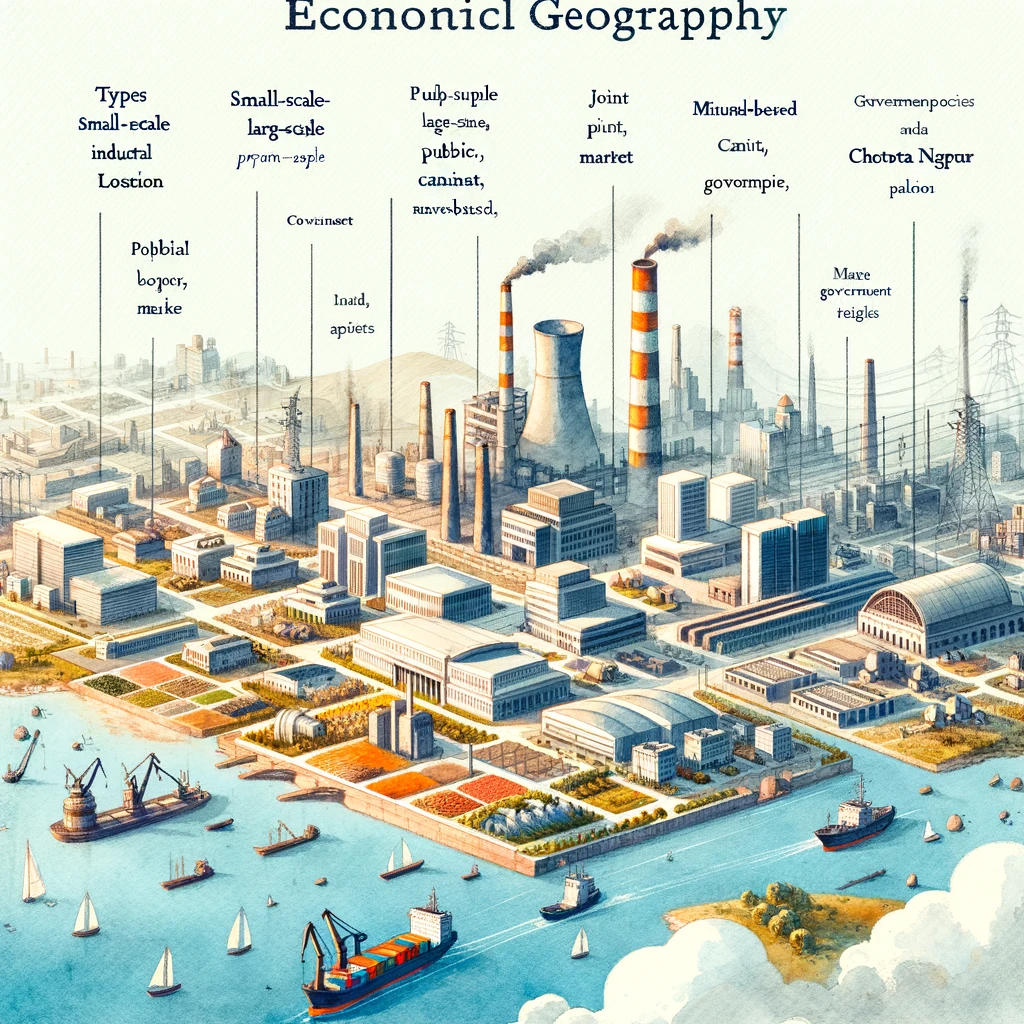
Mitigation and Adaptation Strategies
Global Initiatives
- Kyoto Protocol: An international treaty that committed industrialized countries to reduce their GHG emissions. It laid the groundwork for future climate agreements.
- Paris Agreement: A landmark accord within the United Nations Framework Convention on Climate Change (UNFCCC) aimed at limiting global warming to well below 2°C above pre-industrial levels, with efforts to keep it to 1.5°C. It involves nationally determined contributions (NDCs) from each country to reduce emissions.
National Policies
- National Action Plan on Climate Change (NAPCC) in India: This plan outlines India’s strategy to combat climate change through eight missions, including solar energy, enhanced energy efficiency, sustainable agriculture, and water conservation.
- Afforestation and Reforestation: Planting trees to absorb CO2 and restore degraded ecosystems. Initiatives like the Green India Mission focus on increasing forest cover.
Local Measures
- Sustainable Practices: Promoting renewable energy, energy efficiency, and sustainable agriculture. Local communities are encouraged to adopt practices that reduce carbon footprints and enhance resilience to climate impacts.
- Community-Based Adaptation: Engaging local communities in planning and implementing adaptation measures, such as building flood defenses, improving water management, and diversifying livelihoods.
Climate Change in India
Specific Impacts on India’s Climate
- Temperature Rise: India has experienced a significant increase in average temperatures, leading to heatwaves that impact health, agriculture, and water resources.
- Monsoon Variability: Changes in the monsoon pattern affect water availability for agriculture and drinking, leading to droughts and floods.
Impact on Agriculture
- Crop Yields: Increased temperatures and altered precipitation patterns reduce crop yields, affecting food security.
- Water Resources: Glacial melt in the Himalayas impacts river flows, while changing rainfall patterns affect groundwater recharge and surface water availability.
Impact on Health
- Heat-Related Illnesses: Rising temperatures lead to heat stress and heatstroke, particularly among vulnerable populations.
- Vector-Borne Diseases: Warmer temperatures and changing rainfall patterns facilitate the spread of diseases like malaria and dengue.
Impact on Coastal Areas
- Sea Level Rise: Coastal regions are at risk of flooding, erosion, and saltwater intrusion, affecting livelihoods and infrastructure.
- Cyclones: Increased intensity of cyclones causes significant damage to coastal communities and ecosystems.
Government’s Role and Strategies
- Policy Implementation: The Indian government has implemented policies under the NAPCC and state action plans to address climate change. These include promoting renewable energy, enhancing energy efficiency, and implementing adaptation measures.
- International Cooperation: India actively participates in global climate negotiations and has committed to ambitious targets under the Paris Agreement.
Role of International Organizations
UNFCCC (United Nations Framework Convention on Climate Change)
- The UNFCCC provides a framework for international cooperation to combat climate change. It facilitates negotiations, supports the implementation of climate agreements, and provides technical and financial assistance to developing countries.
IPCC (Intergovernmental Panel on Climate Change)
- The IPCC assesses scientific research on climate change and provides policymakers with comprehensive reports on the current state of knowledge. Its assessments inform global and national climate policies.
Other International Bodies
- Organizations like the World Bank, UNEP (United Nations Environment Programme), and GCF (Green Climate Fund) play crucial roles in funding and supporting climate mitigation and adaptation projects worldwide.
Conclusion
Climate change is an urgent global challenge that requires immediate and sustained action. Understanding its causes, effects, and the strategies to mitigate and adapt to its impacts is essential for safeguarding our planet and future generations. Global cooperation, informed policies, and proactive measures at all levels—global, national, and local—are key to addressing this multifaceted issue. In India, the government’s commitment to implementing climate policies and participating in international agreements is crucial for building resilience and ensuring sustainable development.

